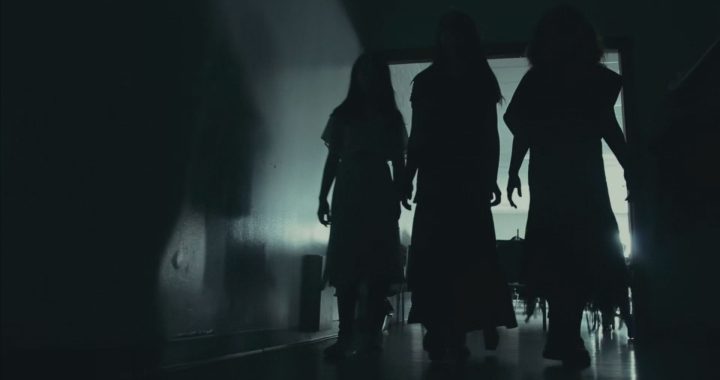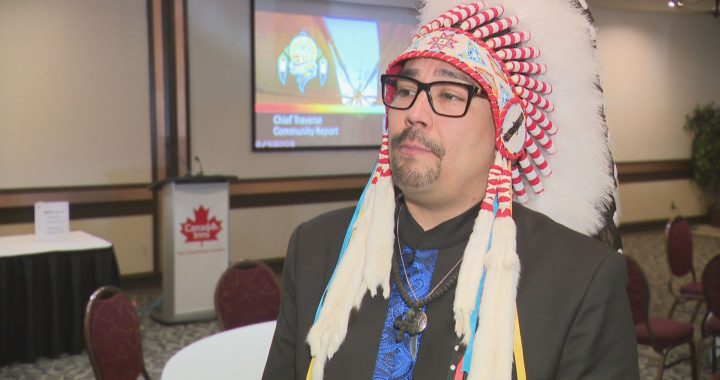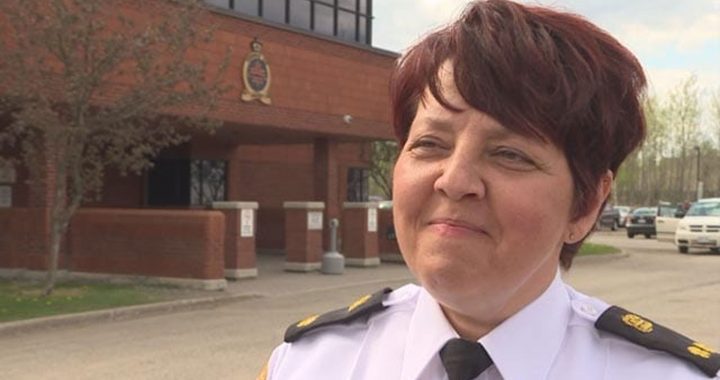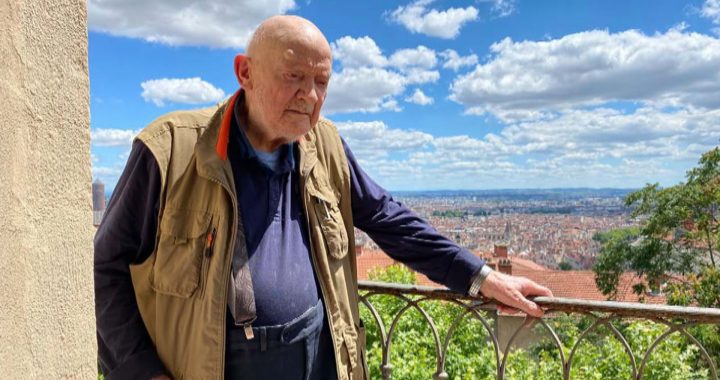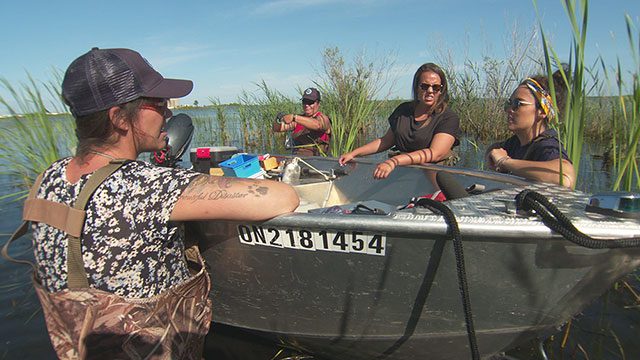

But the partnership didn’t come easily.In May 2018 Bruce Power, which operates eight nuclear reactors in two plants, made its case for a 10-year license renewal.At one of the community hearings just down the shore in Kincardine, Ont., Saugeen First Nation Chief Lester Anoquot and Neyaashiinigmiing Chief Greg Nadjiwon told the Canadian Nuclear Safety Commission–a federal agency that regulates the nuclear industry–that their people had no say in the plants’ initial construction fifty years ago and are still not adequately consulted on decisions that affect them.The SON chiefs said their communities wanted to build a relationship with Bruce Power.The resistance came against the backdrop of important legal victories and ongoing cases for the First Nations.In 2017 an Ontario court judge halted work on a limestone quarry and ruled that both the Crown — the Government of Ontario — and the company operating the quarry had not fulfilled their duty to consult the SON communities. They were ordered to pay SON’s $80,000 legal bills.Earlier this year a trial two decades in the making began in Toronto, where the SON made a claim to their traditional lands, including not only the entire Bruce Peninsula but also the waters of Lake Huron and Georgian Bay. That area includes the shorelines now home to the Bruce power plant.Hearings are scheduled to resume this fall, and the case could take years.While leaders and lawyers handle the legal issues, members of both First Nations are working on the ground, and in the waters, to ensure their fish are safe to eat.Kurt Ryan, an avid fisherman from Saugeen First Nation, isn’t keeping his catch today.Instead he’ll turn the fish over for testing — because the quality of traditional foods is important to his children and future generations, he says.”They’re kinda just getting their taste for fishing now, but it’s reassuring that the fish are gonna be tested so any problems or potential side effects will be identified now. And when they grow up and start learning all this information they’ll be knowledgeable of what’s going on as well.”Kathleen Ryan, energy manager for SON’s environmental office, said Bruce Power has agreed to cover the costs of the coastal waters environmental monitoring program for the next three years.She said locals have long had concerns with the plant’s impact on fish and wildlife in the region.The plant, she said, sucks in and spits out about 30 billion litres of water a day.”When the water comes in, it cools down the reactors and then it’s processed and pumped out,” she explained. “So that same volume of water is coming out, but its at a different condition — its not the same water; it’s wary, its been through the plant, it gets pumped out into the environment and changes the water temperature there and we don’t exactly know what the effects of that are.”And with it, it brings adult fish, small fish, eggs,” she explained. “And that ranges anywhere from tens of thousands a year to hundreds of thousands a year — it all depends on what fish are there.”Paul Jones, a commercial fisherman in the area, doesn’t even fish the Lake Huron waters on the west side of the Bruce Peninsula, where the power plant operates. He sticks to Georgian Bay and says the power plant has always been an issue.”They’re doing that everyday for 30, 40 years,” he said. “There has to be an impact, and I wouldn’t see how there could not be.”In its infancy, the monitoring program has yet to render definitive results.But Ryan said they hope to expand the program next year to include another team of environmental technicians.
According to a July 18 news release announcing Bruce Power and SON’s medical isotopes partnership, the project still requires regulatory approvals but is expected to begin production in 2022.“This is a historic partnership between Bruce Power and the SON that will see us join forces in the fight against cancer worldwide as we work to develop new isotopes, starting with Lutetium-177,” Bruce Power President and CEO Mike Rencheck said in the release. “By working together we can find innovative ways to market and promote this global leadership opportunity for both Ontario and Canada while creating economic benefits for SON.”Neyaashiinigmiing Chief Greg Nadjiwon said the partnership is a step in the right direction.”Up until recently, we were pretty well locked out of any kind of relationship or decision-making — that corporation at one time, we were completely locked out,” he told APTN News.”Consideration has grown through our insistence of being part of the process and the relationship has grown a lot.”Christine John, a communications specialist for Bruce Power, said the company is trying to break away from its legacy of exclusion and wants to reset the relationship.”We recognize the importance of reconciliation and coming to terms with that legacy, and although we can’t change the past we can change the impact in the future,” she said. “So it’s really important to both Bruce Power and the communities that this isotope partnership was established.”The communities still want more; they say — like employment equity in the facilities.Saugeen First Nation Chief Lester Anoquot said a “major mechanical replacement of the nuclear reactors [and] major refurbishment [are] coming up within the next 20 years.”We’d like to go a step further with some equity wealth, a share of the wealth,” he said.afrancis.cajbrake.ca




